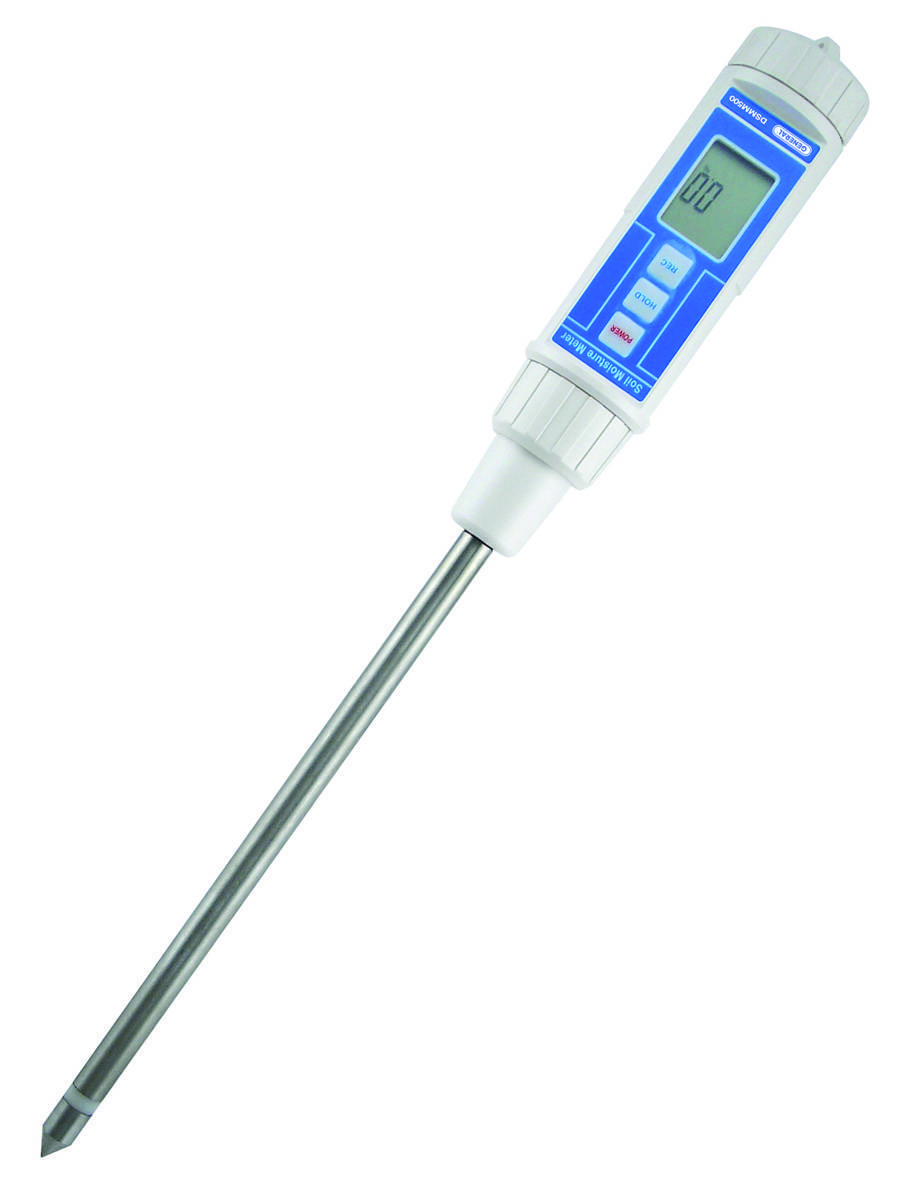Moisture Meter Acquiring Guide: What to Search for in High-Quality Instruments
Wiki Article
Delve Into the World of Wetness Meters: Everything You Need to Know
In the realm of wetness meters exists a globe of accuracy and practicality that commonly goes undetected. These devices, while seemingly simple, hold a riches of info that can dramatically impact different markets and applications. Understanding how moisture meters operate, the different types available, and their varied usages can clarify their value in guaranteeing top quality and efficiency. By exploring the ins and outs of dampness meters, one can discover a useful tool that transcends simple dimension, providing understandings that can make a significant distinction in various fields.Just How Wetness Meters Job
Wetness meters operate by gauging the electric conductivity or capacitance of materials to establish the wetness content existing - Moisture Meter. These meters are indispensable devices across numerous industries, consisting of farming, woodworking, and building. By making use of different approaches such as pinless or pin-type innovation, dampness meters offer exact readings that assist specialists make notified decisionsPin-type dampness meters function by inserting the sharp pins into the material being checked. On the various other hand, pinless dampness meters use electromagnetic signals to scan a larger area without triggering any type of damages to the product's surface.
Despite the technique made use of, moisture meters play a critical function in preventing issues such as mold development, architectural damages, or product problems triggered by excess dampness. Understanding how these meters work is essential for ensuring the quality and integrity of materials in various applications.
Sorts Of Moisture Meters
Offered the important duty moisture meters play in various industries, it is important to recognize the various kinds readily available to experts for accurately analyzing wetness levels. There are largely 2 main kinds of wetness meters: pin-type and pinless dampness meters.
Pin-type wetness meters utilize 2 pins that are inserted right into the material being examined to determine the electrical resistance between them. This method is frequently used for timber, drywall, and other structure materials. Pin-type meters supply precise analyses at specific midsts, making them perfect for recognizing moisture slopes.
On the other hand, pinless wetness meters use electromagnetic sensing unit plates to check a larger location of the material without triggering any kind of damage. This kind appropriates for swiftly scanning huge areas and is frequently used for flooring, wall surfaces, and ceilings. Pinless meters are convenient for taking readings on completed surface areas without leaving any noticeable marks.
Both kinds of moisture meters have their advantages and are picked based upon the particular demands of the sites job available. Recognizing the distinctions between these types is critical for professionals to make precise dampness assessments.
Applications Across Industries
Building professionals depend on moisture meters to examine the dampness levels in structure materials like drywall, concrete, and wood, which is critical for maintaining architectural integrity and stopping concerns like rot or mold. The flooring sector utilizes wetness meters to gauge the moisture material in subfloors prior to mounting various flooring treatments, preventing expensive problems due to excess moisture. In the food industry, wetness meters are made use of to monitor and manage moisture degrees in items such as grains, nuts, and dried out fruits to keep freshness and quality.Tips for Utilizing Dampness Meters
Make use of the dampness meter's calibration settings to guarantee accurate readings when gauging the dampness web content in different materials. Additionally, make sure the meter is established to the proper wetness variety for the material you are measuring to obtain the most specific outcomes.
When using a pin-type wetness meter, place the pins to the proper deepness advised for the product being tested. This ensures that the moisture readings are taken from the correct depth within the product, providing a more exact depiction of its wetness material. For pinless wetness meters, remember to keep proper contact with the product's surface area to get reputable readings.

Frequently check and change the batteries in your wetness meter to avoid inaccurate analyses due to reduced power. When not in use to lengthen its lifespan and keep its accuracy, Shop the meter in a safe and completely dry area. By complying with these tips, you can make best use of the performance of your dampness meter and obtain exact moisture material dimensions across various products.

Upkeep and Calibration
To ensure the accuracy of wetness web content measurements, routine upkeep and calibration of the moisture meter are vital actions in its proper functioning. Calibration changes the dampness meter to make certain that it provides reputable and constant outcomes.Calibration needs to be executed periodically, especially if the wetness meter is made use of often or in important redirected here applications where exact dimensions are called for. By keeping and adjusting the dampness meter frequently, individuals anonymous can trust the accuracy of the wetness material measurements gotten.
Verdict
In verdict, dampness meters play a critical duty in numerous markets by precisely measuring the dampness material of materials. Recognizing exactly how these gadgets function, the various types readily available, and appropriate maintenance and calibration are crucial for acquiring reputable outcomes. Whether in building, agriculture, or production, the usage of moisture meters aids guarantee top quality control and efficiency in processes.Building specialists depend on dampness meters to evaluate the wetness degrees in structure materials like drywall, concrete, and wood, which is critical for preserving architectural stability and protecting against issues like rot or mold and mildew. The floor covering industry uses dampness meters to gauge the moisture material in subfloors prior to mounting various floor treatments, protecting against pricey damages due to excess wetness.Make use of the moisture meter's calibration settings to make sure exact analyses when measuring the moisture material in different products. By adhering to these tips, you can maximize the performance of your wetness meter and acquire exact dampness web content dimensions throughout various products.
In verdict, moisture meters play an essential function in different markets by precisely determining the wetness material of materials.
Report this wiki page